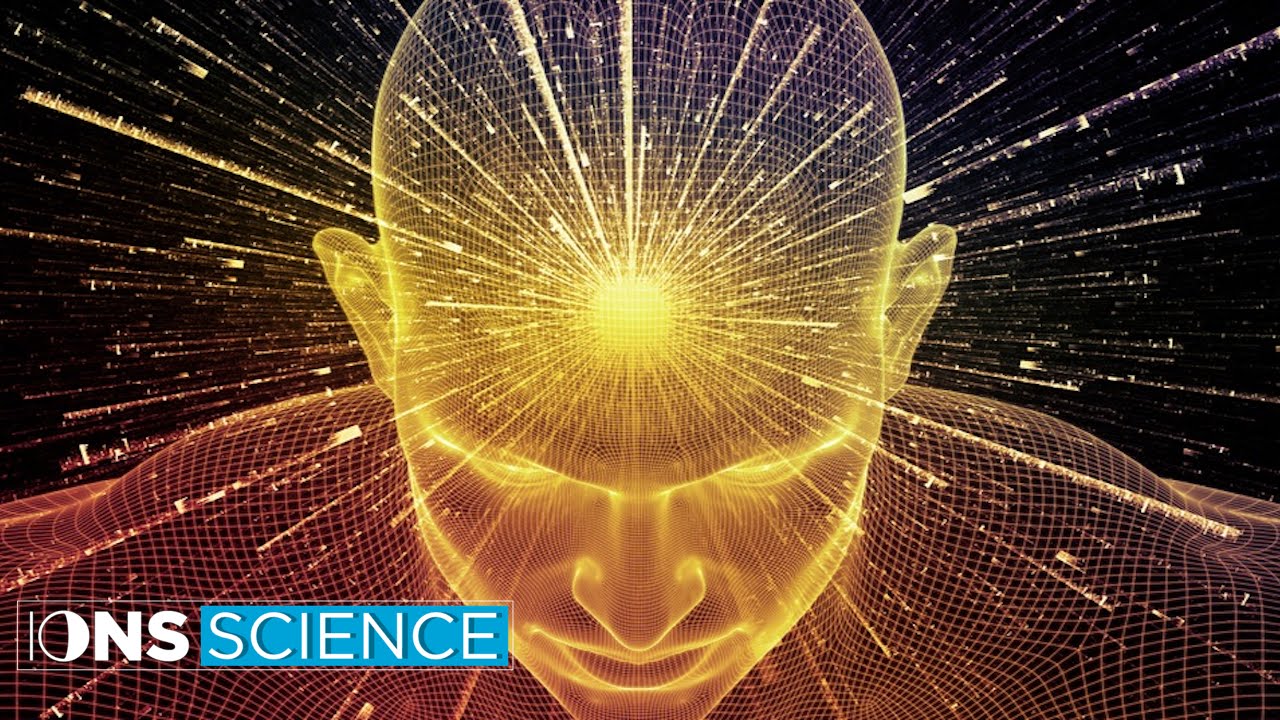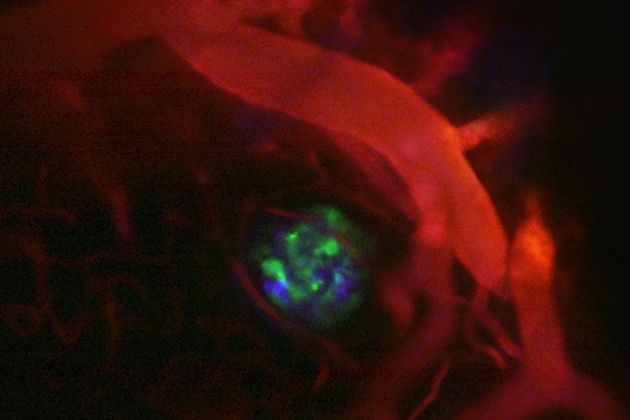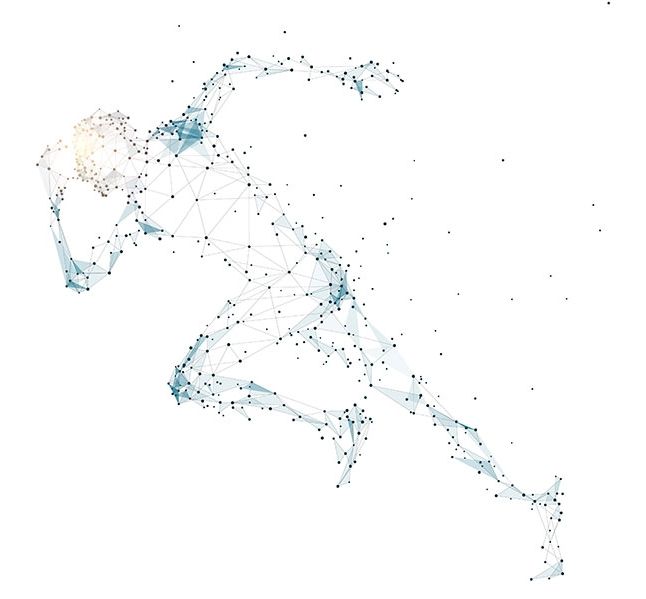Aug 22, 2016
5 Incredible Ways Scientists Are Merging Our Brains With Machines
Posted by Elmar Arunov in categories: biotech/medical, computing, nanotechnology, neuroscience
I’ve been reading Ramez Naam’s fantastic book “Nexus,” which is set in a near-future where a powerful nano-drug allows human minds to connect together. In the story, a group of enterprising neuroscientists and engineers discover they can use the drug in a new way — to run a computer operating system inside their brains. Naam’s characters telepathically communicate with each other using a mental chat app and even manipulate other people’s bodies by gaining control of their brains’ operating systems.
Sounds far-fetched, right?
It might not be as far-fetched as you think. From connecting a human brain to a basic tablet to help a paralyzed patient communicate with the outside world to memory-boosting brain implants and a prototype computer chip that runs on live neurons — the real world progress we’re seeing today is nearly as strange as fiction.
Continue reading “5 Incredible Ways Scientists Are Merging Our Brains With Machines” »
















